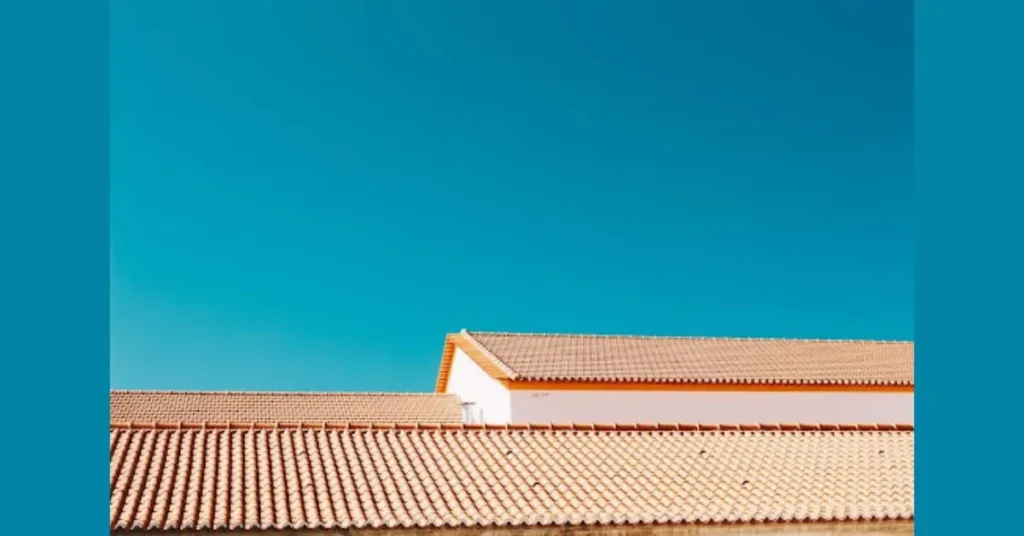When it comes to maintaining your commercial property, a roof replacement is one of the most significant investments you can make. A well-functioning roof protects your building, employees, and assets, ensuring a safe and secure environment. However, the process can seem daunting, especially if you’re unsure of what to expect. In this guide, we will outline six key aspects of a commercial roof replacement, providing you with essential insights that will help you navigate this important project with confidence. Understanding these elements will empower you to make informed decisions and ensure a successful outcome.
Contents
1. Choosing the Right Material
Selecting the appropriate roofing material is crucial for the longevity and performance of your new roof. Common options include TPO, EPDM, PVC, and built-up roofing, each with unique properties and benefits. Consider factors such as climate, building structure, and budget when deciding. Consulting with a roofing professional can also help you understand which materials will best serve your specific needs.
Aesthetics may also play a role in your material choice. Some materials can be reflective, helping to reduce energy costs by keeping your building cooler, while others offer durability against harsh weather conditions. Balancing functionality with visual appeal is vital, as a well-chosen roofing material can enhance the overall value of your property.
2. Hiring a Reputable Contractor
Investing time in finding a reliable and experienced contractor is essential for a successful roof replacement. Look for licensed and insured professionals with a strong portfolio of completed projects and positive client testimonials. Verifying credentials can give you peace of mind that you are working with qualified individuals who prioritize quality workmanship.
Another critical step is obtaining multiple quotes. This not only gives you an idea of the market rates but also allows you to compare the services included in each proposal. Be wary of estimates that appear unusually low, as they may indicate cutting corners or inferior materials. A reputable contractor will offer transparency in pricing and be willing to discuss any questions or concerns you may have. Whether it’s Albany roofing or any other location, thoroughly researching and vetting potential contractors is key. It’s also wise to establish a timeline for the project and discuss any potential disruptions to your daily business operations.
3. Understanding the Timeline
The timeline for a commercial roof replacement can vary widely depending on several factors, including the type of roof, weather conditions, and the size of the building. Generally, you can expect the process to take anywhere from a few days to a couple of weeks. Early communication with your contractor can provide a more accurate schedule tailored to your specific project.
It’s vital to consider potential disruptions during the replacement. Plan ahead for possible inconveniences, including noise or restricted access to certain areas of your property. A well-prepared approach ensures that both you and your employees can adapt to the situation with minimal impact on daily operations.
4. Preparing Your Property
Before the roof replacement begins, taking steps to prepare your property can facilitate a smoother process. Clear the work area of any outdoor furniture, vehicles, or other obstructions that could interfere with the roofing crew. Additionally, informing your employees about the upcoming work can help minimize disruptions to their daily routines.
Consider arranging for the protection of your interior space as well. Heavy machinery and materials could potentially damage your property, so it may be advisable to temporarily relocate any delicate items or equipment. Communication with your contractor regarding specific precautions can further safeguard your investment.
5. Inspecting the Underlying Structure
An essential aspect of a roof replacement is assessing the condition of the underlying structure. Before installation, your contractor should thoroughly inspect the decking and other components for any signs of damage or rot. Addressing any issues at this stage is vital in preventing future complications and ensuring the integrity of the new roof.
While the replacement is ongoing, regular communication with your contractor can provide updates on the inspection findings. If repairs are necessary, staying informed will allow you to adjust your budget and timeline accordingly. This proactive approach contributes to the overall success of the roofing project.
6. Maintaining Your New Roof
Once your new roof is installed, establishing a maintenance plan is crucial for its longevity. Regular inspections, cleaning debris, and addressing minor repairs promptly can significantly extend the life of your roofing system. Many roofing manufacturers recommend routine maintenance as a way to uphold warranty coverage and ensure optimal performance.
Keeping a record of maintenance activities can prove beneficial when dealing with insurance claims or selling the property in the future. Demonstrating consistent care for the roof can enhance its appeal to potential buyers, ultimately boosting the value of your commercial property.

A commercial roof replacement is a significant undertaking that requires careful consideration and planning. By understanding these key elements and working closely with your contractor, you can confidently navigate the process and achieve a successful outcome. Remember to prioritize materials, research contractors thoroughly, understand the timeline, prepare your property, inspect the underlying structure, and maintain your new roof for years of reliable protection for your commercial property.

